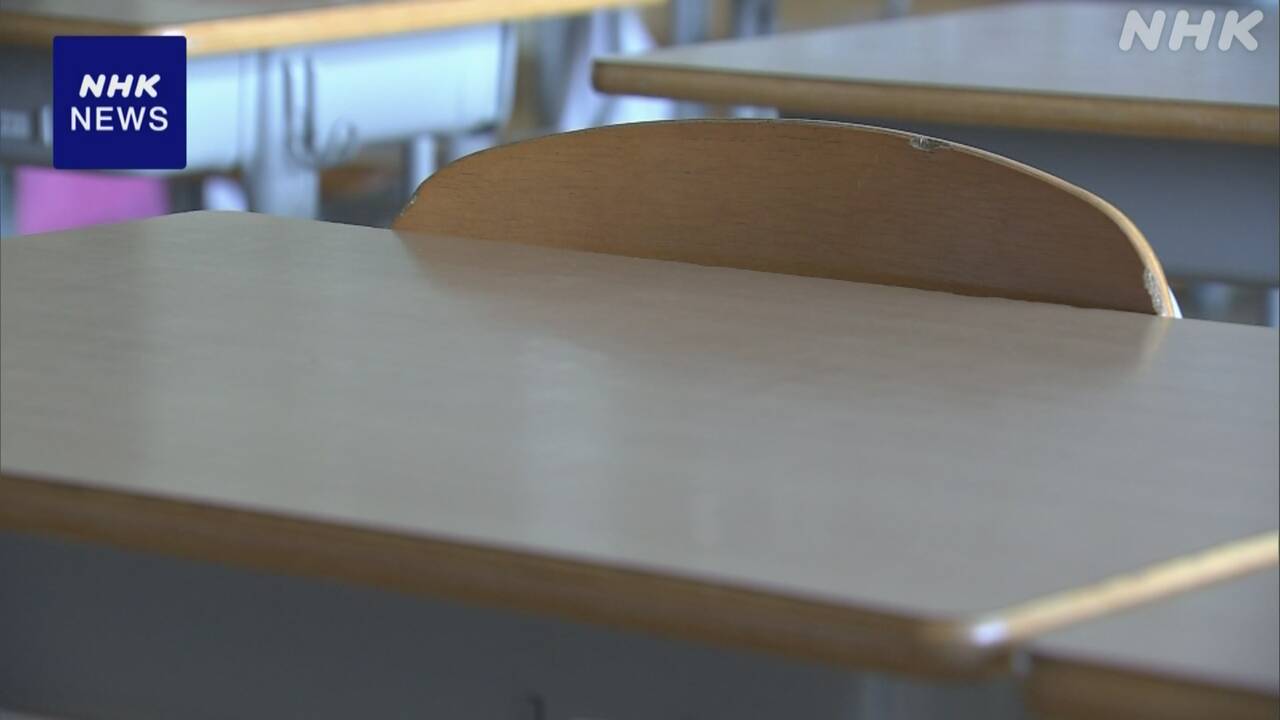With the number of elementary and junior high school students not attending school at an all-time high, when asked about the reasons for not attending school, around 70% of the children and students themselves answered questions related to physical and mental illness, while less than 20% of teachers answered that they did not recognize the reason. I found out that there is a difference.
The number of elementary and junior high school students who are not attending school will reach a record high of approximately 299,000 in 2022, and the Institute for Child Development Science, a public interest incorporated association commissioned by the Ministry of Education, Culture, Sports, Science and Technology, investigated the causes.
The survey was conducted among 19,005 elementary, junior high, and first-year high school students in four local governments, including Yamanashi Prefecture and Suita City, Osaka Prefecture, as well as their parents and teachers. The analysis focused on
When asked multiple answers about the circumstances in which they began to feel uncomfortable going to school, 77%
of the 239 children and students who answered that they had a history of not going to school answered
``anxiety/depression.''
▽``Dozing off, waking up in the morning. 70% said ``I can't relax or sleep at night,''
and 69% said ``I'm not feeling well,'' which
was higher for items related to physical and mental illness.
On the other hand, these responses from 1,424 homeroom teachers ranged from 10% to less than 20%.
Furthermore, while 26% of children and students responded that they had been victims of bullying, only 4% of homeroom teachers responded, indicating a wide
disparity in their perceptions.
Gaku Wakuda, director of the Institute for Child Developmental Science, said, ``Teachers are busy, so we need to understand that there are aspects of children's conditions that are difficult to see, and take countermeasures. They also need to be aware of changes in their physical condition."

